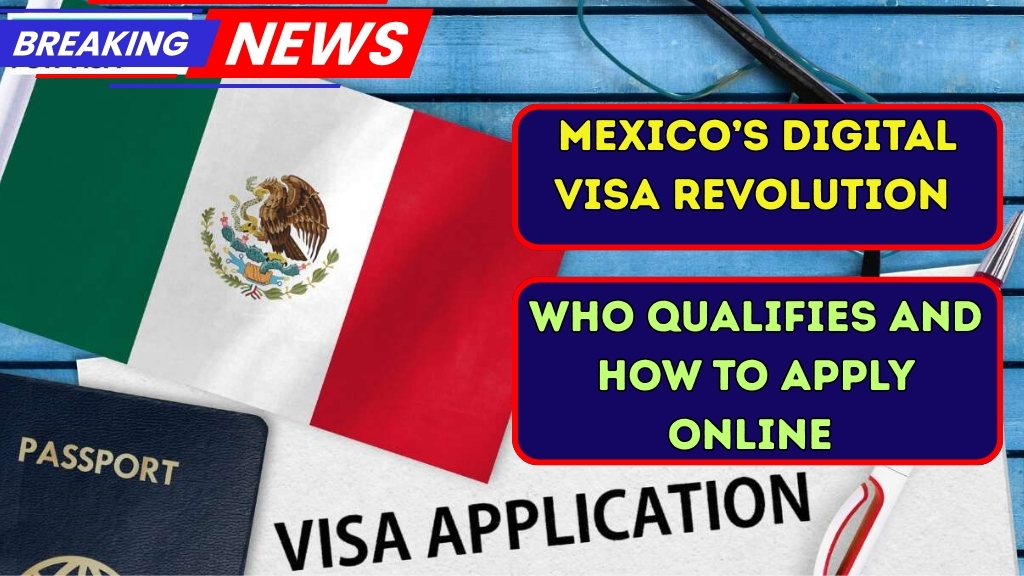Mexico has quietly taken a leap forward in how it handles visas, shifting an age-old process into the modern era. In recent months, the government introduced a fully digital visa platform, streamlining applications that once required long queues at consulates. It’s more than just bureaucracy going online—it’s a move intended to make travel, study, and business in the country more accessible and efficient.
Who Stands to Benefit
The new system isn’t a one-size-fits-all service. Citizens from a growing list of eligible countries—primarily those with good diplomatic and travel ties to Mexico—can now apply entirely online. These include travelers looking for short-term visas for tourism, business visits, or family stays. Students and certain professionals may also qualify, a change seen as a nod toward international collaboration and cultural exchange.
It’s important to note, however, that not everyone makes the cut. For applicants from nations outside Mexico’s agreements, the traditional in-person process remains the norm.
Convenience Meets Accountability
For those who qualify, the process is refreshingly straightforward.
Applicants visit Mexico’s government immigration portal, fill out the application, upload required documents—such as passport copies, flight confirmations, and occasionally, evidence of sufficient funds—and make the processing payment online. Authorities advertise quick reviews, sometimes completed in a matter of days, with approvals and requirements sent by email rather than the more cumbersome in-person consulate visit.
Officials contend that the platform’s efficiency assists with more than convenience; real-time connectivity allows each digital petition to be compared to global watchlists and databases, theoretically enhancing security and decision speed.
Context is equally pertinent. Mexico, like many destinations, observes an upswing in international visitors seeking less conventional attractions in the post-pandemic recovery. A streamlined and transparent digital pathway lowers the friction that might steer the same visitors or prospective international students toward neighbours that advertise simpler visa routes.
Think-tanks project that success in these markets could translate to hundreds of millions of dollars in additional visitor expenditure, while also consolidating Mexico’s position as a regional benchmark in governmental digitisation.
Why This Matters Now
The project is in its early days; prospective travellers praise speedy communications but note the occasionally slow server response, especially with photograph and scan uploads. Authorities expect that ongoing refinements will smooth these early operational wrinkles.
Travel professionals welcome the reform, but they insist that applicants should be provided with unequivocal, user-friendly instructions in order to avoid the kind of minor–yet frequently fatal–oversights that can derail even the best-prepared first-time user.
Officials have begun to float the prospect of further enlarging the programme to include application processes for other permit categories, among them work visas and long-stay residency. Should that materialize, Mexico might evolve from a mere laboratory for digital immigration solutions into a model advanced enough to be emulated by peer countries across the region.
In summary, the government’s shift to a digital-via system epitomizes a sweeping and deliberate rejuvenation of the nation’s entry processes. Targeted in scope, the reform nevertheless opens reliable and fast lanes for properly qualified visitors, enhances the integrity of the adjudication process, and extends the country’s reputation for approachability to a legitimately global audience.




